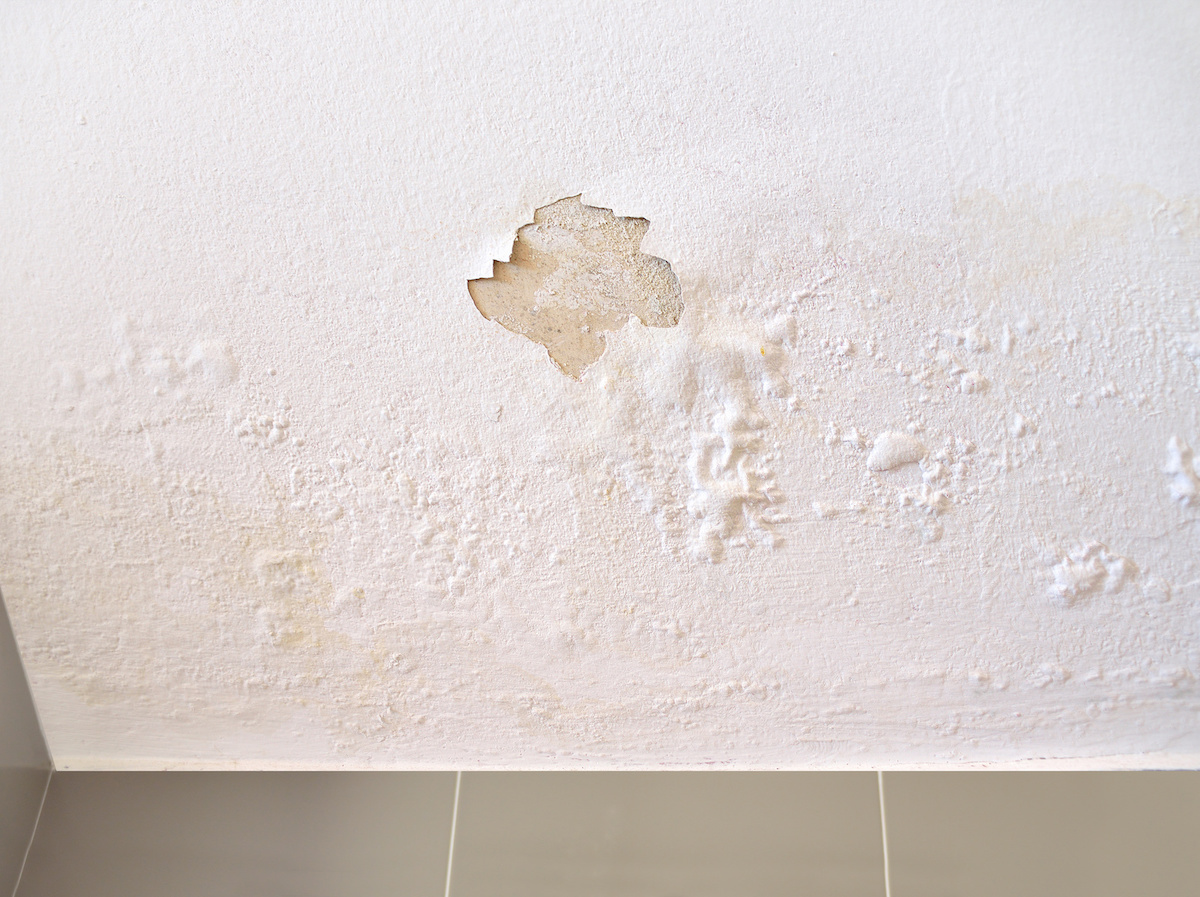What're your insights and beliefs about Preventing Water Damage in the Bathroom?

The shower room is extremely susceptible for damp buildup and also potential water damages because of the regular use water in it. This article uses simple inspection methods to assist finding water damages hazards.
The regular use water in the washroom makes it exceptionally vulnerable for moist build-up and also possible water damages. By evaluating it regularly, you can decrease water associated problems.
The adhering to collection of inspections is easy to perform and ought to be done once in every three months in order to keep your bathroom in good shape and to prevent potential water damages triggered by the tub, the shower, pipe joints as well as plumbing, sinks, cupboards, as well as the bathroom
Do not forget executing these assessments and also be detailed while doing them. Bear in mind that these basic assessments can conserve you a great deal of cash by supplying very early indicators for water damages
Tub and Shower
The shower and bathtub require unique focus and also upkeep. Inspect the ceramic tiles and change if cracked. See to it that there is no missing out on cement in between the ceramic tiles. Inspect and change split caulking at joints where the walls meet the flooring or the bath tub. Blocked drains and pipes troubles will certainly prevent the tub from drying and might suggest serious troubles underneath the tub. Speak with a specialist promptly to avoid structural damages. Focus on discolorations or soft locations around the bath tub walls as they may suggest an interior leakage.
Plumbing
Signs for water damages are hard to detect given that a lot of pipes are mounted inside the walls.
Pay special interest to flooring and also walls moisture and also spots as they may suggest an invisible plumbing trouble. Inspect moisture degrees in adjoining areas also.
Sinks and Cabinets
Sinks as well as cabinets are revealed to wetness and also humidity day-to-day and are usually ignored. Inspect on a regular basis under the sink and on the kitchen counter above it. Fix any type of drip in the trap as it might suggest drainpipe issues. Take a look around the sink, slow draining pipelines may suggest a blocked drainpipe. Change sink seals if they are split or loose.
The Bathroom
The toilet is a prone water joint. Inspect the water lines and also search for leakages around the toilet seat, in the pipe, and under the water storage tank. If you detect any type of signs of wetness on the flooring around the toilet, look for leakages in the toilet rim and also tank seals.
Know that hanging commode bowl antiperspirants increases the possibilities for obstructions.
Water Damage Signs In The Bathroom To Avoid Cleanup
Musty smell
This is one of the easiest signs to catch because musty smells are so odorous. The damp, earthy, moldy smell should be a big red flag. The smell will develop when moisture gets trapped in surfaces, and begins to facilitate mold growth. Leaking pipes under cabinets, inside walls, and behind shower fixtures will cause moisture to stay trapped and not dry, which will lead to mold growth and spread. As soon as you notice any musty smells in your bathroom, have it checked for hidden water damage and cleanup signs.
Visible mold
If the smell isn’t there to give it away, sometimes you will actually see mold growth. Finding mold in your bathroom is a serious problem, because mold is very harmful to your health. By the time mold growth is visible, it also means that water damage has already occurred and been present for some time. The only way the mold problem can be resolved is to find the source of the moisture and get it stopped. To safely and adequately remove mold, you need to have professionals handle the remediation. Do not waste any time in getting mold problems addressed, fixed, and sanitized so that you can protect you and your family from the many respiratory symptoms caused by mold exposure.
Damaged floors
Bathroom floors should be able to withstand some exposure to water while still remaining in good condition. However, when excess exposure or water leaks occur, they will begin to damage even the most water-resistant flooring. If you notice any cracking, bubbling, staining, or warping on your bathroom floors, there is probably a water leak somewhere causing the distortion. If you notice areas of the floor have become softer, or even have a spongy feeling, there is probably damage to the subfloor. Subflooring is typically made up of plywood. When plywood is exposed to water or moisture, it will absorb it. Once it has become saturated, the weight of the excess water will cause the wood to swell and soften. Check the floors in your bathroom frequently to catch any of these sings before they lead to damaged subflooring.
Changes on walls
When water leaks behind walls, it will cause changes in the drywall. Peeling plaster, blistering paint, and soggy wallpaper are all good indicators that excess water is building up behind the wall. Water leaking behind drywall will cause it to swell and be soft to the tough. If you start to notice gaps along the trim of your walls, or where tile meets the wall, it could also be a strong indicator that there is a leak behind the wall. Any changes, distortion, or damage on the walls should be evaluated as soon as you notice it to prevent further water damage and cleanup.

I'm certainly very fascinated by How to Fix a Water Damage Bathroom and I am assuming you appreciated my page. Liked our blog posting? Please share it. Let another person discover it. I am grateful for your time. Kindly pay a visit to our site back soon.
Quote & Schedule